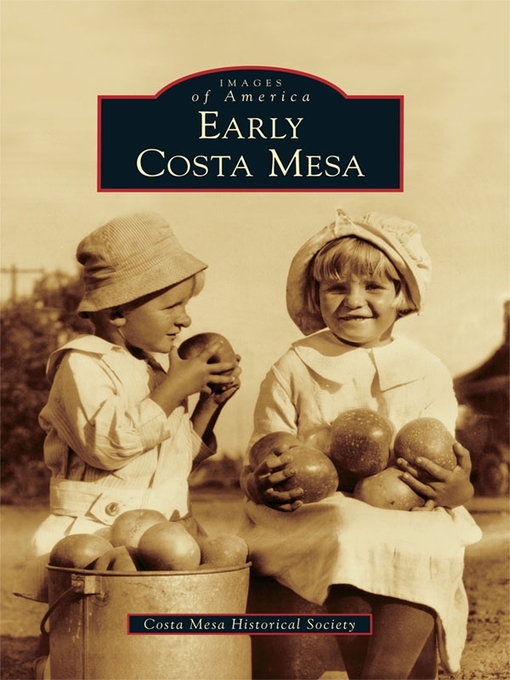Three emerging communities from the partitioned Rancho Santiago de Santa Ana formed the improbable start for a city that would eventually proclaim itself the "City of the Arts." These farming communities—Fairview, Paularino, and Harper—attracted families and businesspeople. Community leaders then took pragmatic steps to meet local needs such as schools, churches, and a water supply. Harper's first land developer appealed to folks of modest means by advertising, "You! Five Acres." By 1920, Harper needed a broader identity and a local businessman proposed a naming contest, offering a $25 prize. "Costa Mesa," recognizing the area's heritage and geography, reaped the reward. Eight years later, voters handily defeated the City of Santa Ana's annexation attempt by a margin of five to one. The Great Depression, the 1933 Long Beach earthquake, and the 1938 Santa Ana River flood then besieged the fledgling community. Undaunted, Costa Mesa continued to grow. By 1939, the stage had been set for the postwar miracle that would become the modern city of Costa Mesa.
- Lucky Day Collection
- Available now
- New eBook additions
- New kids additions
- New teen additions
- Most popular
- Try something different
- See all
- Inspirational Listens
- 2024 AudioFile Earphones Awards
- Listen While You Run: Audiobooks for Workouts
- Family Road Trip Listening
- New audiobook additions
- Available now
- Most Popular Adult Nonfiction Audiobooks
- Stuff You Missed in History Class - Listen Alikes
- Audiobooks with Diverse Narrators
- Narrative Nonfiction for Kids and Teens
- Kids' Audiobooks Around 1 Hour
- 2023 AudioFile Earphone Awards
- 2023 Audie Award Finalists
- See all
- Popular Magazines - Now Available!
- Revistas
- News & Politics
- Just Added
- Healthy Living
- Most Popular
- Fashion
- See all

